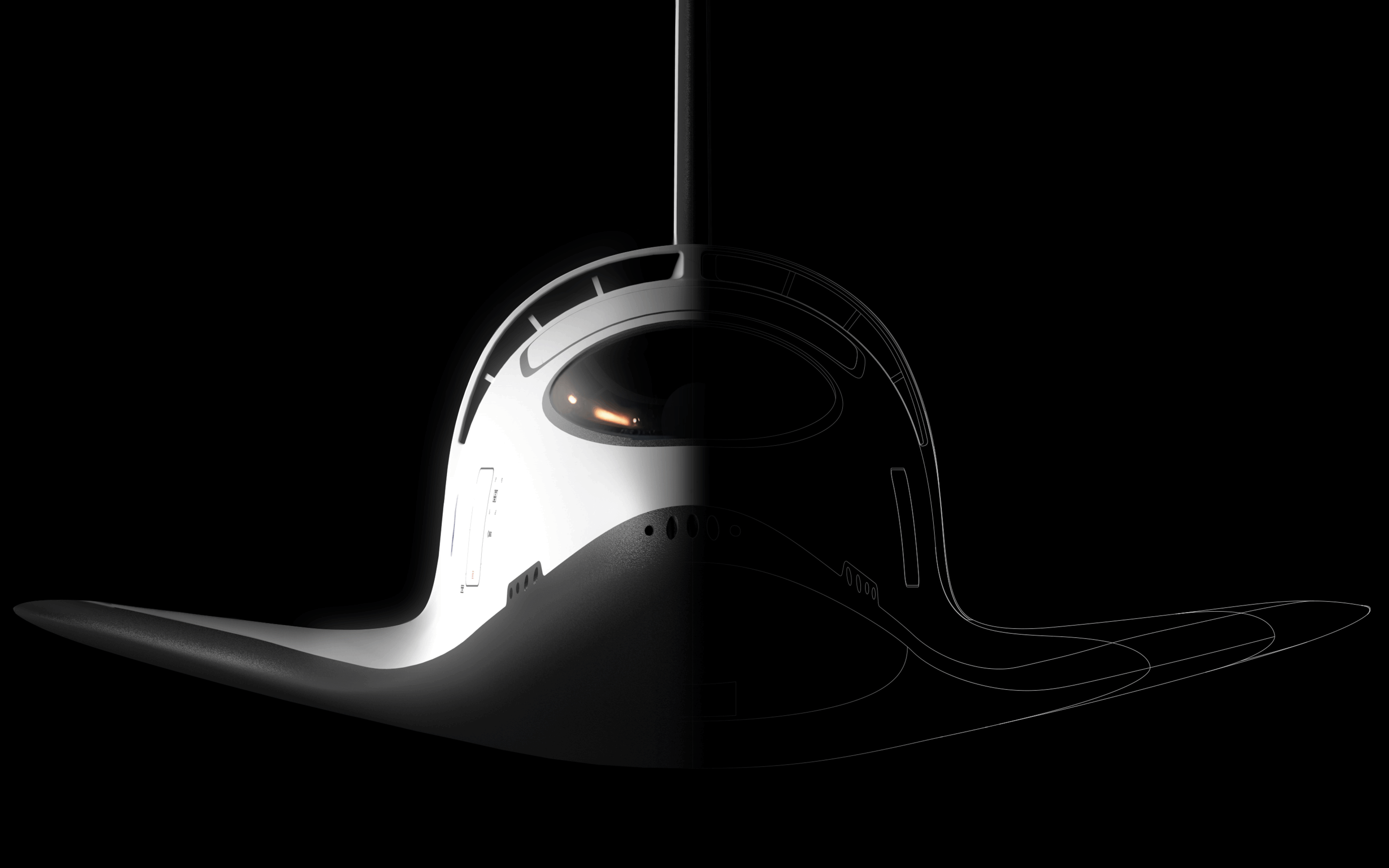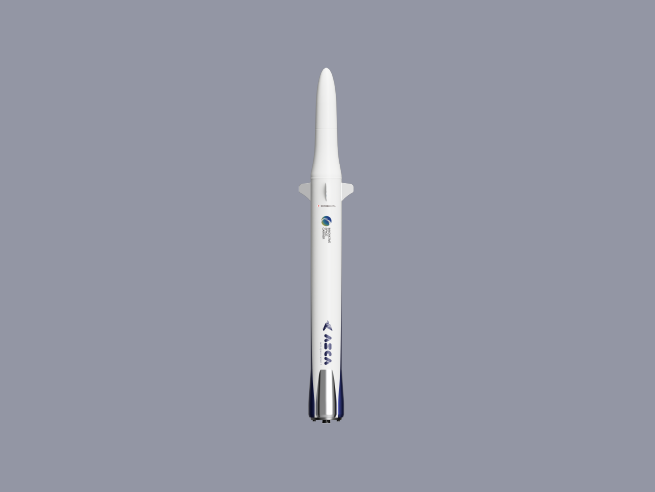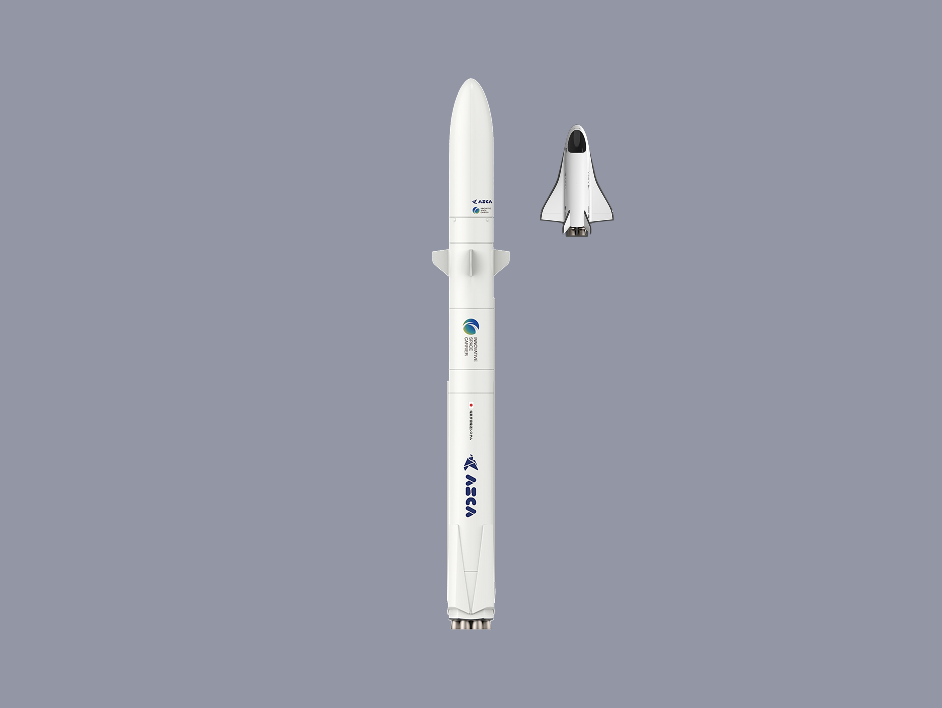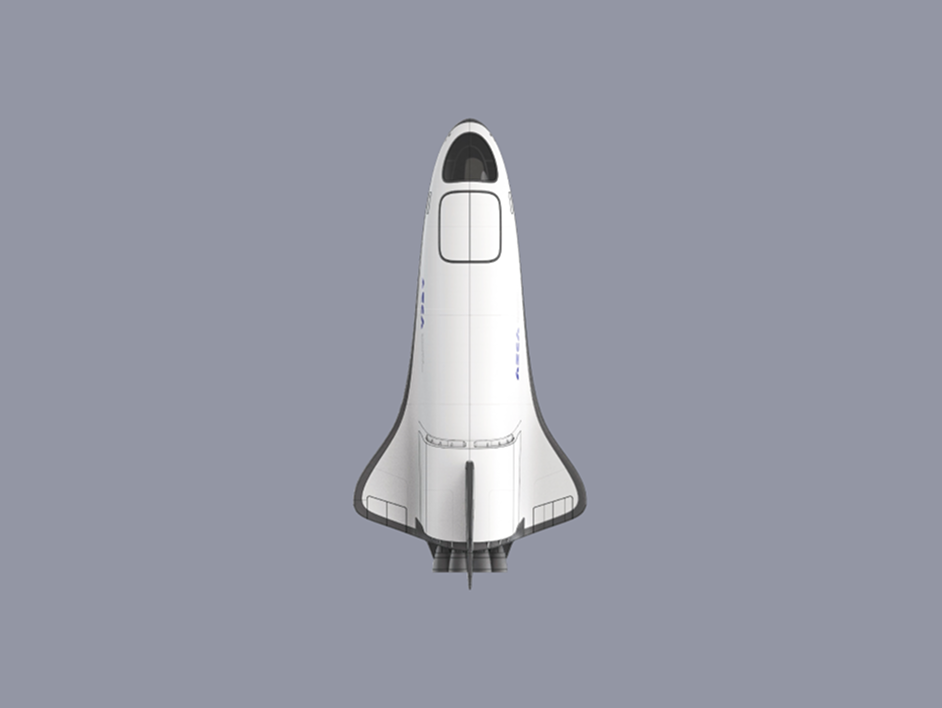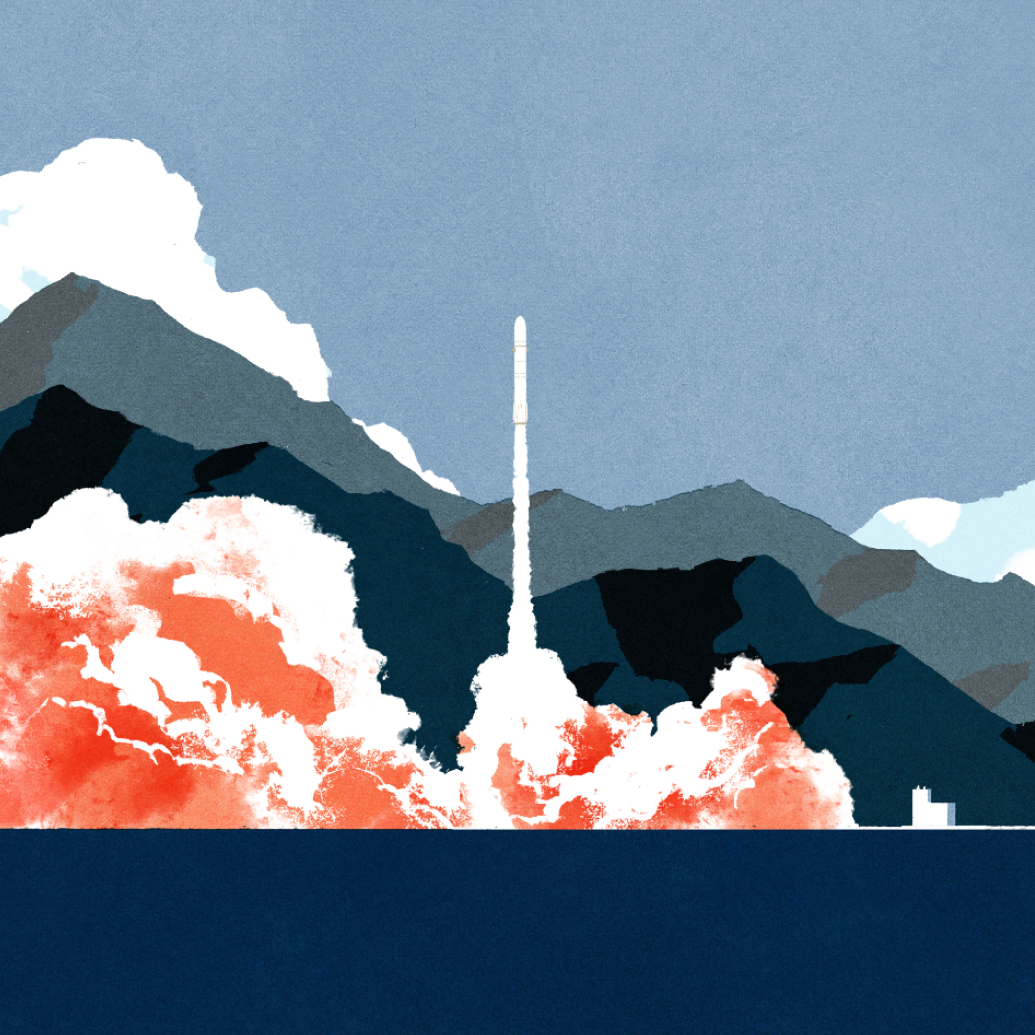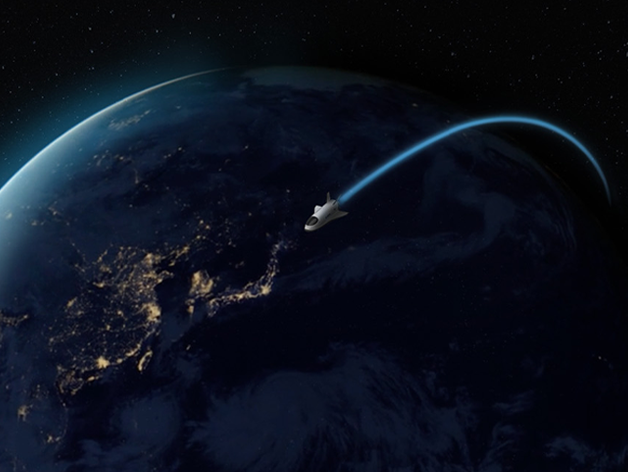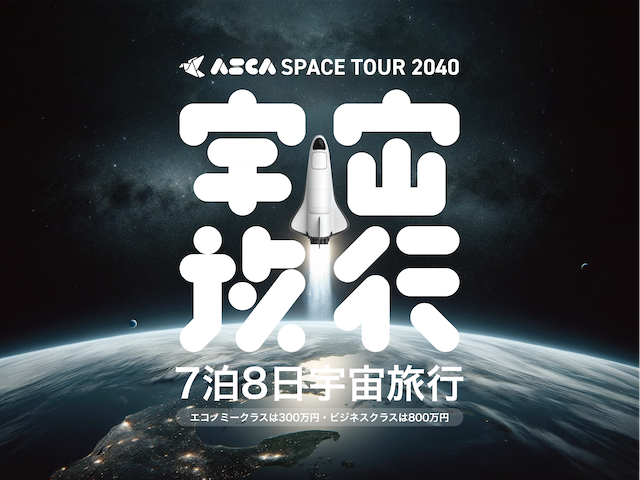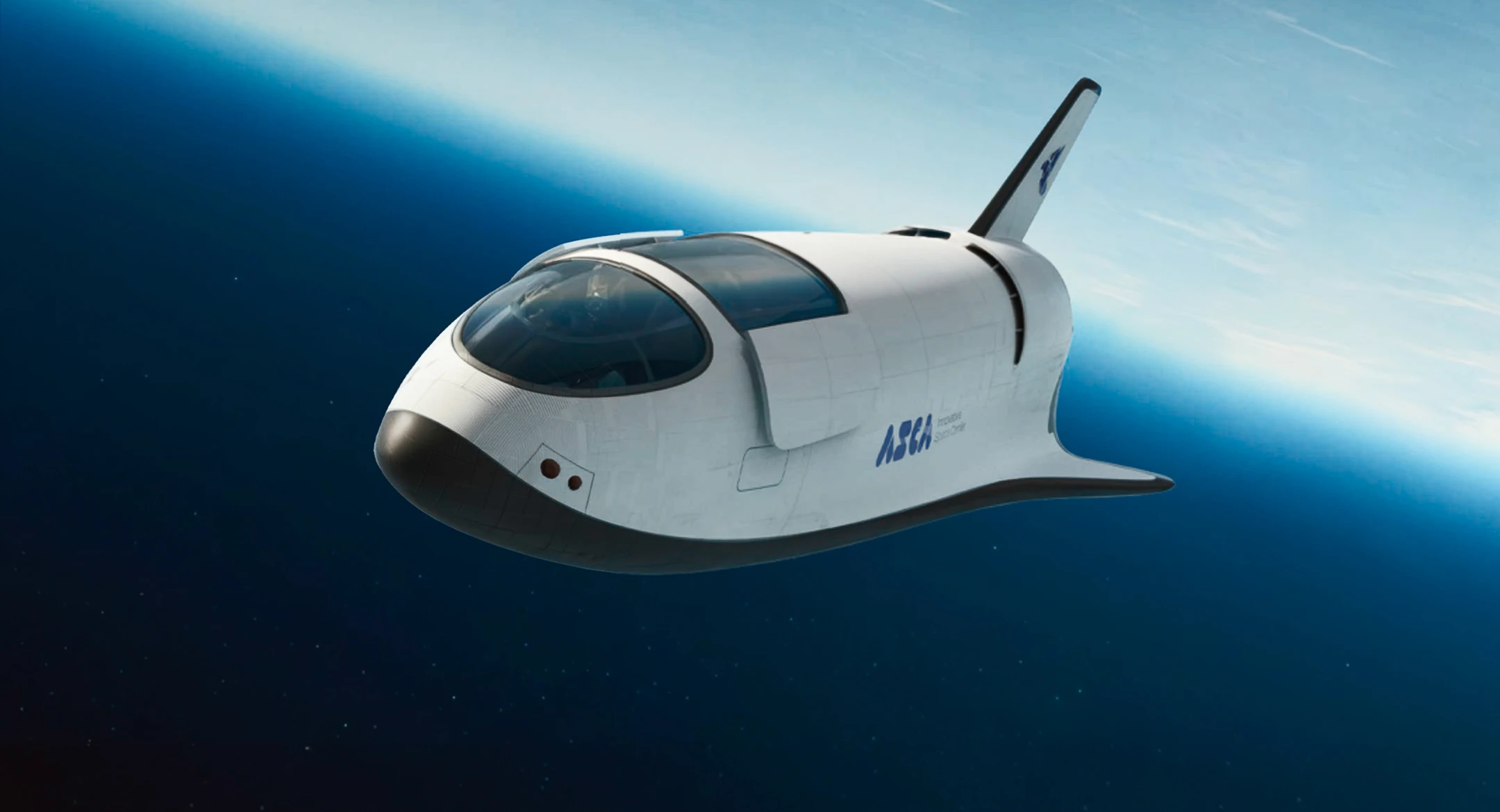Introduction
A world where people and cargo circle the globe every day, democratizing point-to-point space travel and delivering the future.
The space industry is taking significant steps towards commercialization through the efforts of private companies. A future where anyone, including you, can go to space. We will make this a reality by 2040. The key to this is, of course, rockets. We are developing reusable rockets that can take off multiple times carrying passengers and cargo.
But that's not all. From the spaceport where rockets take off and land, to the development of space travel products, we are developing the end-to-end business of space transportation. Japan has cultivated a wealth of dependable technology. And with partnerships with a wide range of companies, both domestic and international, across industrial sectors and borders, we will continue to take on new challenges.
To create an era where everyone can access space.



